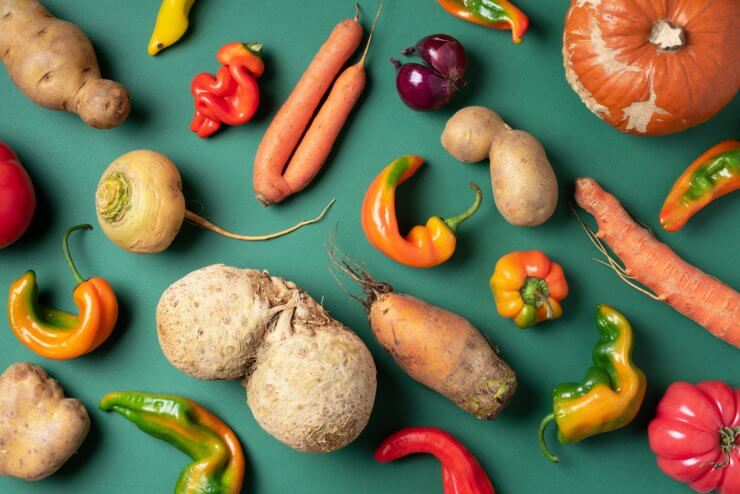
The first time I saw the mutant vegetables, I was scared. It was like a horror scene out of “The Walking Dead” or something. But then it hit me: Those were my carrots! That’s my corn! Oh my gosh, why is my tomato being so naughty? My mind raced with thoughts of how to solve this problem, but they all seemed too outlandish and unnecessary. So what if my carrots crossed their legs? It didn’t affect the taste at all. And my corn truffles weren’t that bad either, in fact, they’re considered a delicacy!
‘Tis the season for all things spooky, so let’s talk about these creepy little mutant vegetables.
Discover 10 top tips for growing, harvesting, and enjoying fruits, vegetables, herbs and more from your home garden—when you access the FREEBIE How to Grow a Vegetable Garden, right now!
1. Corn truffles
Corn truffles are small or big, white, and rather disgusting-looking. They’re also edible! These curious fungi grow on corn kernels. The process is called “mycorrhizal symbiosis” and it occurs when a fungus attaches to the roots of plants like corn or trees (or any other type of plant) in order to extract nutrients from the soil. When you eat these truffles raw, they have a mild mushroom flavor with an earthy taste that’s often compared to oysters or mushrooms. If you want to cook them instead, they can be chopped into sauces for pasta dishes or added as toppings for salads since they’re very low in calories but high in fiber. I recently saw a great example from a farm called Organically Roland, who explains, “Sometimes, if the heat and humidity are high, corn can be infected by a fungus that causes the kernels to expand and become the delicious delicacy known as huitlacoche (pronounced whee-tla-KOH-cheh). Also known as Mexican truffles and corn smut, when cooked, they taste like a cross between mushrooms, fresh corn, and black truffles. While we never end up with many of these, some farms purposely infect their fields to cultivate the truffles.”
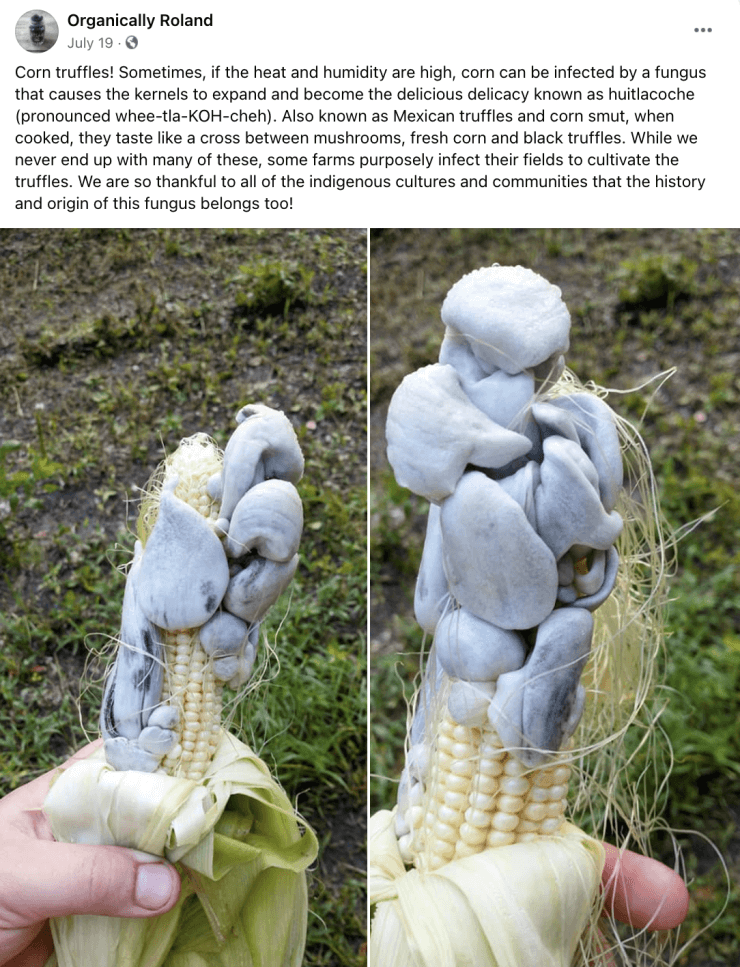
2. Carrot legs and more
I think carrots come to life when everybody’s sleeping. They then do all sorts of things, but nobody ever sees them because they go back to their places before anybody wakes up! Why do I think so? Because so many seem to have a set of legs! My friend Shannon sent me this photo of her long-legged carrot, and I had to wonder what ballroom this diva was off to in the night when nobody was looking. Have you ever wondered why carrots sometimes end up with legs (or more?). Interestingly enough, using manure can be the culprit. When soil is supplemented with manure, carrots can fork off and send out side roots. That’s why it’s best to add any manure after you’ve planted your seeds, rather than in the soil you’re planting them in. This can also happen in rocky soil, where the carrots are forced to grow in unnatural ways. The good news is that they’re fine to eat! My friend Gretchen sent me the second photo of her frisky little carrots! Perhaps they’d have preferred to be left underground. *Wink*
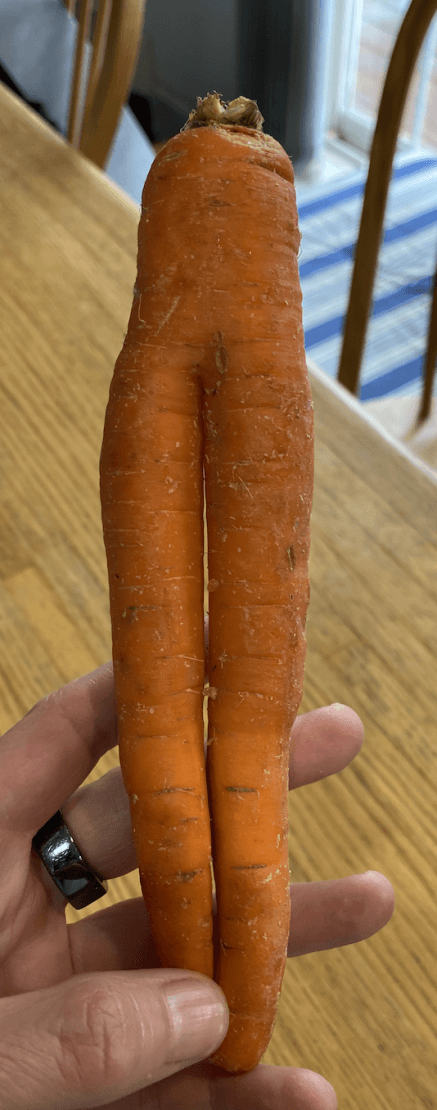
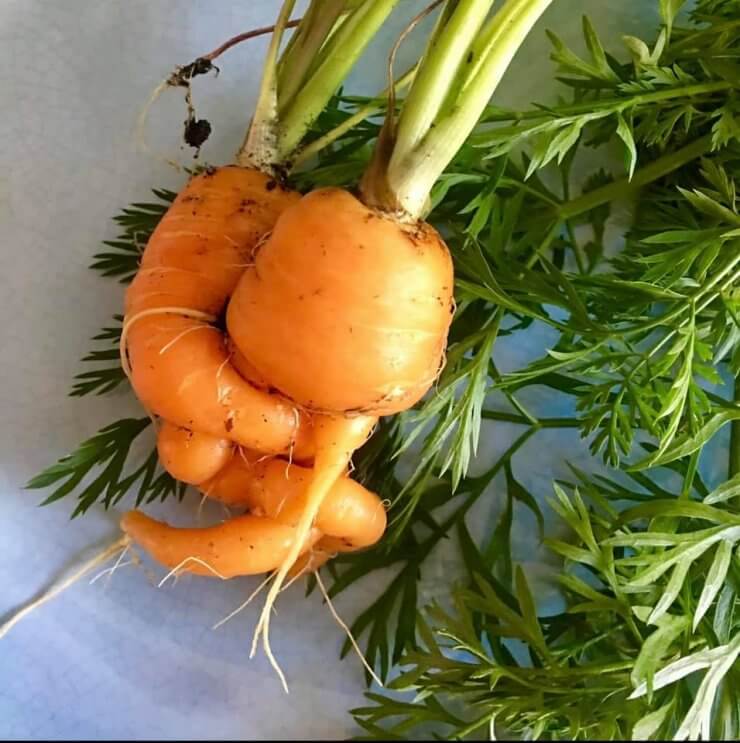
3. Tomato appendages
Ever feel like your tomato is looking at you funny? My friend and fellow gardener Shawn Dawes sent me these photos of his witchy-faced tomatoes. And I know what you’re thinking but since this is a PG-rated article, we’re calling these noses, OK?
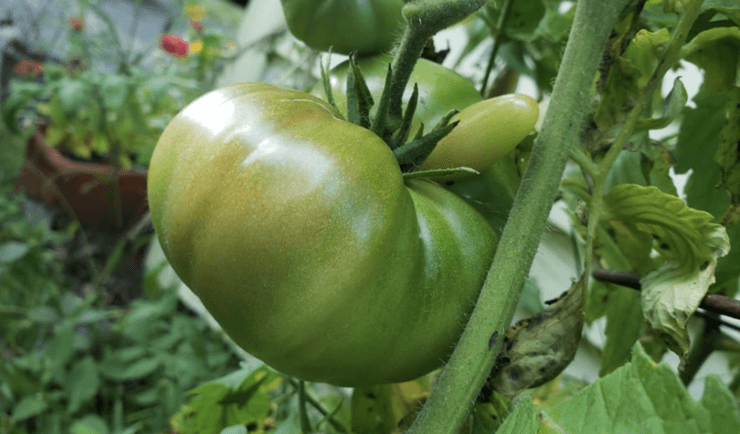
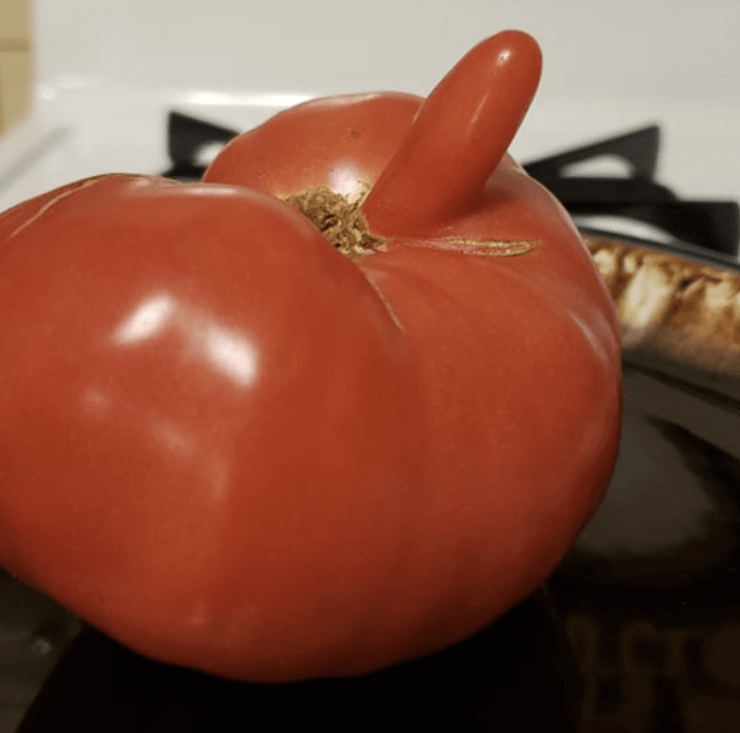
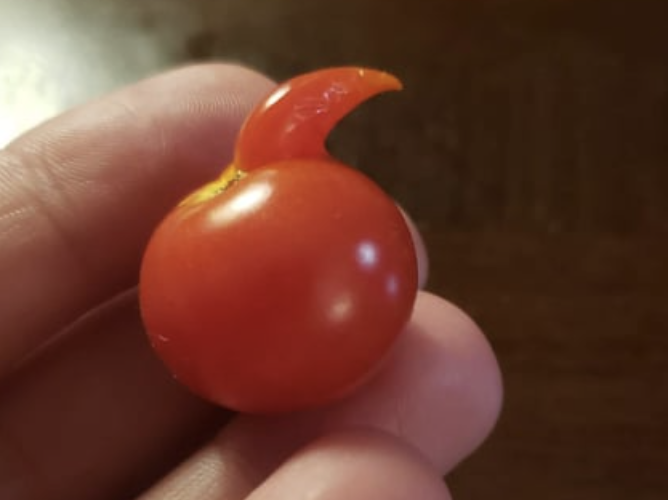
This mutant vegetable was far beyond my expertise or knowledge, so I looked into it. According to GardenAnswers, “When tomatoes get a ‘horn’ or nose it is a physiological/genetic disorder. Such distorted growth starts when the tomato is just a microscopic speck. A few cells divide in an odd way and the fruit produces an extra locule. Locules are the interior segments you see in a tomato–if you cut the fruit in half horizontally you’ll see between 4 and six separate segments, right? Well such growths happen when a cell divides in an odd way and starts to make an extra segment that gets pushed up out of the fruit structure. This is often caused by weather–either very cool or very hot–while the tomato is fruiting. Scientists report seeing fewer such mutations when the weather is constantly in the 70 to 85-degree range. It also happens more frequently in heirlooms, but you will see a genetic mutation about 1 in 1,000 plants.”
4. Eggplant noses
Funny enough, my husband’s grandfather made the paper once with his eggplant’s nose, and out of the weird mutant vegetables, this one is the most funny to me. In terms of the “why” this occurs, it is yet again just random gene mutation here. Cells are divided in weird ways perhaps due to temperature and humidity, though some farmers are able to do this on purpose, and do!
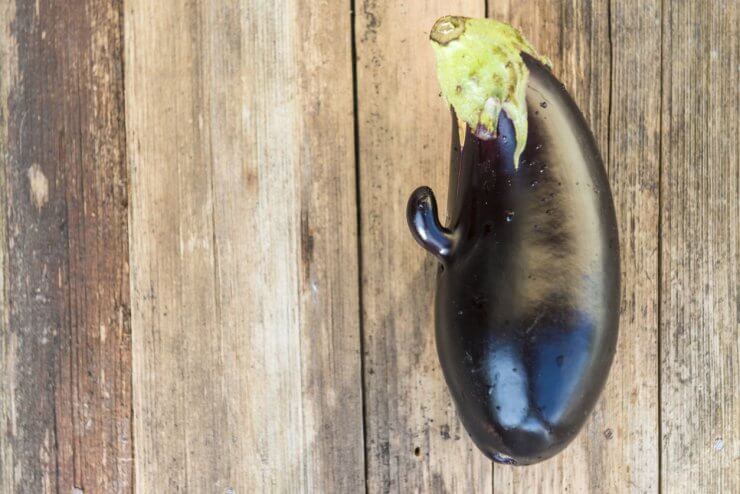
5. Adventitious roots
While some of the other fellows in this list are funny, adventitious roots are more in line with corn truffles-they’re just creepy. I typically see these most often on my tomato plants, especially cherry tomatoes. These are roots that begin to grow off the stem, looking to expand and find soil, sometimes because they are looking for water, but generally just looking to root. They can’t help it, it’s in their nature!

6. BUTTernut squash
This one cracked me up when I saw it on Red Fire Farm’s Facebook page, one of the local farms I adore. This is actually a very common oddity with butternut squash, and could have to do with unequal pollination, but they’re perfectly fine to eat!
What other creepy mutant vegetables do you find in your garden, and what do you know about them? Share them with me in the comments!
Discover 10 top tips for growing, harvesting, and enjoying fruits, vegetables, herbs and more from your home garden—when you access the FREEBIE How to Grow a Vegetable Garden, right now!


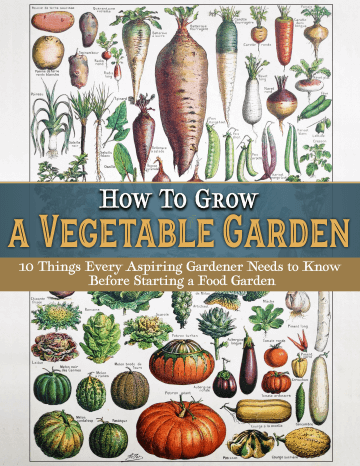
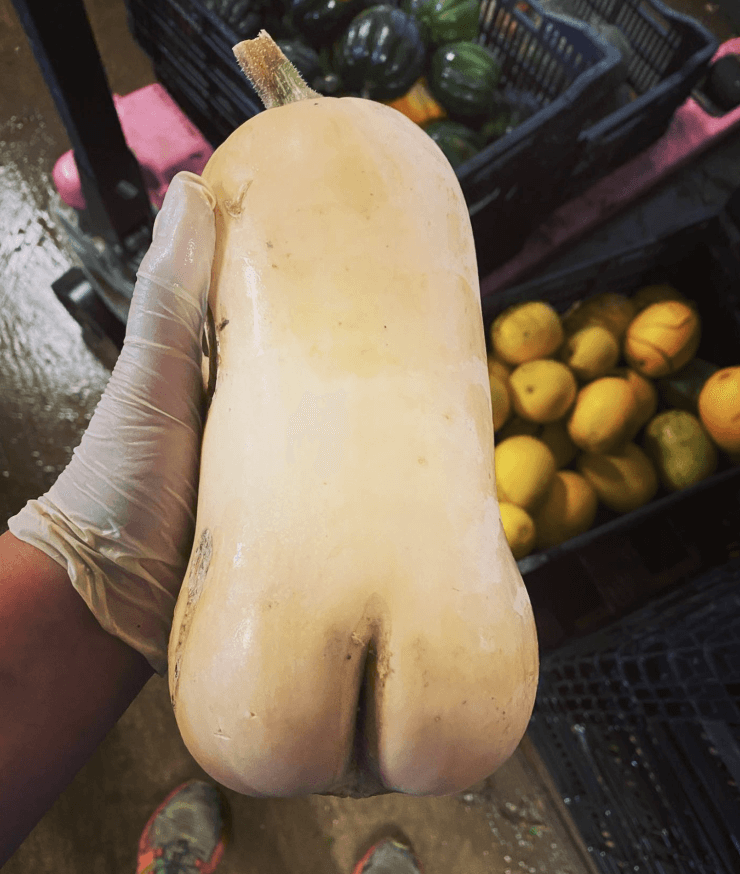


I definitely have experienced the strange carrot formations, sometimes with three or four “legs”, mostly due to small rocks in my soil. This year is the first time I’ve experienced tomato appendages. I have to say it is quite interesting to watch it continue to grow! Thanks for the article!!
Love it as I’ve grown a few of those myself lol
Too funny, thanks for sharing.